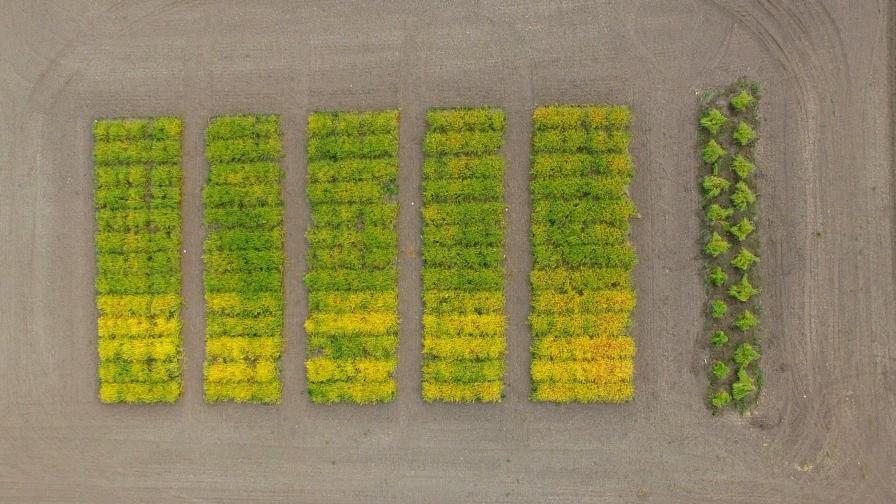An Oilseed’s Forward Progress is Good News for CRISPR. Can the Momentum be Maintained?
As an ag trade journalist, advocating for issues that are beneficial to the sustainability of efficient and safe food production is an important part of my professional mission. And few things are as frustrating to endure as when something truly beneficial goes terribly wrong, and no amount of discussion can hope to change the course of events.
This has been the case watching the unfolding events of two decades of biotechnology, from the promise of impossibly clean soybean fields to the public’s acceptance of the vilification of the technology. So, I’ve watched with some trepidation the promising work around CRISPR technology, a much more precise and prescriptive approach to modern crop breeding. Can it move through a science-based process that puts the technology through its paces without the nonsense and emotion that dogged biotech crops?
I recently caught up with Dr. Oliver Peoples, CEO of a company called Yield10 Bioscience, a self-described “agricultural bioscience company developing crop innovations to improve crop yields and enhance sustainable global food security.” Among several initiatives, Yield10 is trying to move a CRISPR genome-edited trait in the oilseed crop Camelina satvia that is designed to increase its oil content.
Why this crop? First, the oil is characteristically high in Omega-3 fatty acids, and the CRISPR trait, designated as C3007, features significantly increased oil content in the seed. Peoples asserts that camelina could displace a significant share of the Omega-3 fatty acids that are collected unsustainably from fish.
Peoples minces no words when it comes to the anti-biotech activists: “Their understanding and portrayal of GMO technology is completely wrong, as proven by scientific evidence on a massive scale for more than 20 years,” he says. And of golden rice, a Vitamin A-rich modified crop which sat on the shelf for two decades from fear generated by activists, Peoples says, “It’s unfortunate what they did to delay this technology.”

The CRISPR-enhanced camelina could provide some pretty interesting benefits, ultimately leading to a broader trend that advances CRISPR to improve agriculture sustainability. Photo: An aerial view of camelina grown in Saskatoon.
The CRISPR-enhanced camelina could provide some pretty interesting benefits. In north-central U.S. and central Canada, it could be used as a winter cash cover crop alternative to wheat that could generate a nice premium for its desired oil, while also helping to retard soil loss.
Recently, Yield10 requested a ruling from USDA-APHIS’ Biotechnology Regulatory Service to determine if the plant met the definition of a regulated article under 7 CFR Part 340, which would have put it on the same track as biotech crops of the past. Yield10 received the positive news that the C3007 trait “does not meet the definition of a regulated article,” meaning that field trials can commence.
This is terrific news for agriculture, and hopefully leads to a broader trend toward advancing CRISPR to improve agriculture sustainability. For his part, Peoples is encouraged by the embracing of breakthroughs on the front lines of high-tech food science, like Impossible meat, by younger generations that are genuinely interested in sustainability through science. There’s also the reality that a vaccine for COVID-19 will likely include the use of genetic engineering, as did the Ebola vaccine.
But to stay the course, the industry must communicate effectively, says Peoples. “We need to stay focused on the scientific facts and push back on activists who come in with information and try to skew the public’s perception for selfish gains.”






